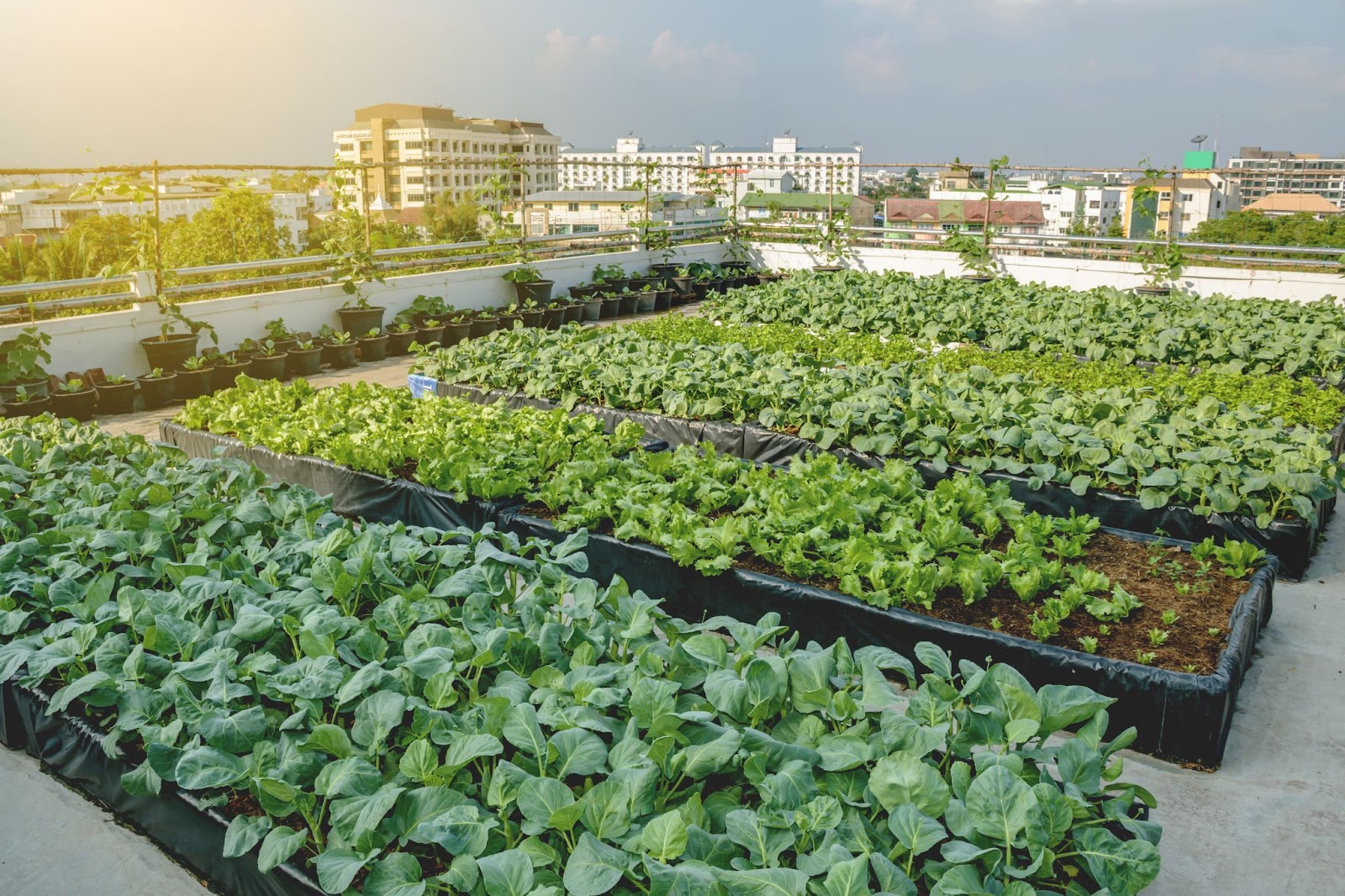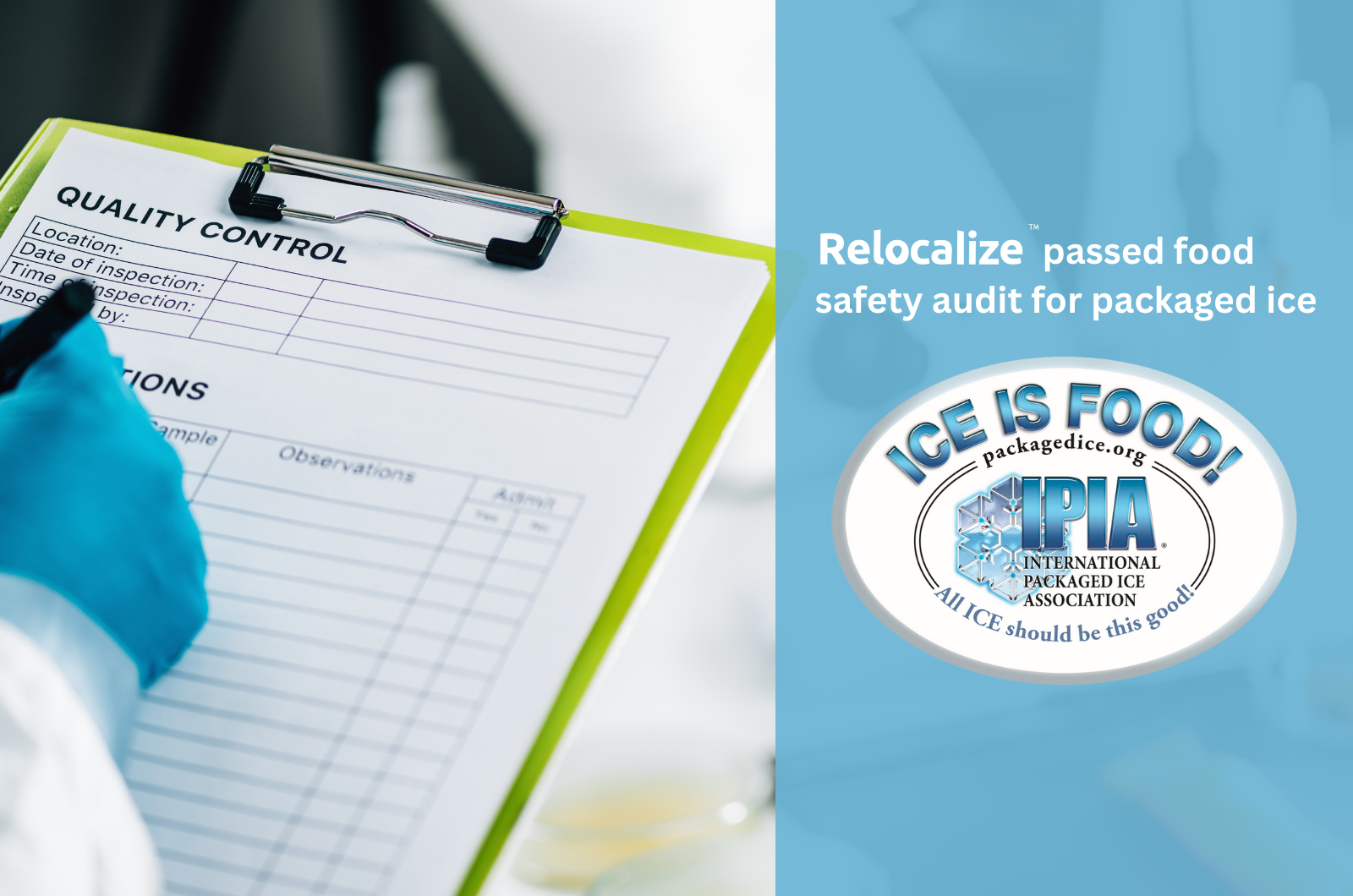Imagine a city where all your daily essential needs are just a short walk away—this is the heartbeat of the 15 minute city concept, an ambitious blueprint aiming to revolutionize urban living with sustainability and accessibility at its core. But how does food, one of our most basic needs, fit into this futuristic urban plan? Let's explore how a sustainable food system is not just a complement but a cornerstone of the 15 minute city, transforming our relationship with what we eat and where it comes from.

15 minute city in a nutshell
The 15 minute city concept has captured the imagination of urban planners and environmentalists alike. Cities like Ann Arbor, Cleveland, and Portland are leading the charge, embedding “15 or 20-minute living” into their urban fabric. The goal is simple yet transformative: ensure all residents have access to essential amenities, including food, within a 15 minute walk or bike ride from their homes. This not only fosters a sense of community but significantly cuts down on the reliance on cars, reducing traffic congestion, air pollution, and, importantly, our environmental footprint.
Yet, a study by MIT reveals a gap between this ideal and our current reality, with a mere fraction of Americans experiencing what a true 15 minute city can offer. We've grown accustomed to a world where every errand is an epic road trip, where our cars serve as our legs, often at a significant cost in time, gasoline, parking spaces, and pollution. This inefficiency has been haunting our economy and quality of life.
By reducing vehicle-based travel in daily life, we can alleviate congestion, and improve transportation network efficiency. This benefits businesses by reducing delivery times, transportation costs, and the risk of supply chain disruptions. Additionally, less time spent in traffic means more time for productive activities, leisure pursuits, and spending time with loved ones, leading to less stress and greater overall satisfaction.

Food System in a 15 minute city
What about food? In a 15 minute city, where the principles of accessibility, sustainability, and resilience are paramount, how should the food system be structured?
The world's food transport emissions add up to nearly half of the direct emissions from road vehicles, totaling 3 billion metric tons of CO2-equivalent. In the US, our food travels an average of 1,500 to 2,500 miles from farm to plate, contributing to greenhouse gas emissions and rendering our food supply chains vulnerable to disruptions.
The 15 minute city concept challenges us to relocalize our food systems, reduce food miles, and foster resilience. Urban agriculture initiatives, such as rooftop gardens and community farms, are pivotal in this regard. They utilize underused urban spaces to bring food production closer to where people live, offering a fresh, low-emission alternative food source.
Paris, under its "Parisculteurs" project, aimed to cover the city’s rooftops and walls with 100 hectares of vegetation by 2020, part of which is dedicated to urban farming. This initiative not only localizes food production but also contributes to the city's resilience by increasing green spaces, reducing urban heat islands, and improving biodiversity. As of today, Paris produces about a thousand metric tonnes (about 1100 US tons) per year of fruits, vegetables, mushrooms, and herbs, making it one of the leading cities in this field. The project continues to expand today.

Hyper-local food production is the solution
However, the current scale and cost-effectiveness of urban farms cannot support the entire city population. Due to the fact that urban environments have limited space suitable for farming, mass food production at city centers has been very challenging.
This is where innovative approaches like distributed hyper-local food and beverage production networks step in. By integrating micro-factories into grocery distribution centers, these compact, technologically advanced facilities harness robotics, AI, and industrial IoT to produce food products efficiently and sustainably, directly at the city's edge.
For example, Relocalize's initial focus on creating food-grade packaged ice from locally sourced water exemplifies how we can reduce >90% of transportation carbon emissions and costs by eliminating middle-mile logistics. In 2023, Relcoalize successfully launched the world’s first autonomous hyper-local food manufacturing microfactory, producing decarbonized, plastic-negative packaged ice for local communities, setting a precedent for other food products to follow.
Envisioning a future where the urban food system is seamlessly integrated into the 15 minute city concept, Relocalize innovates towards the future where autonomous robots efficiently distribute hyper-local food supplies directly from grocery distribution centers to consumers' doorsteps. This model not only eliminates the logistical distance between distribution centers and supermarkets but also optimizes routes to deliver essentials to multiple homes in one trip, embodying a step forward in reducing the carbon footprint associated with the last mile of food delivery.
Beyond Electrical Vehicles
Many companies’ invest in transforming their truck fleets to electric vehicles (EVs). While EVs play a role in reducing urban emissions, they address only one facet of the broader sustainability challenge. The source of electricity determines the decarbonization efforts of these initiatives. Furthermore, their food systems remain heavily reliant on vehicular transportation, resulting in high product costs and increased supply chain risk.
The 15 minute city vision calls for a comprehensive rethink of our urban ecosystems, aiming to minimize unnecessary travel, especially for essentials such as food. By fostering a system where food production and consumption occur within the same urban vicinity, we can significantly reduce our reliance on vehicles, electric or otherwise.

A Collective Vision for the Future
The 15 minute city presents us with an opportunity to reimagine urban living in a way that prioritizes sustainability and well-being. As we strive towards this goal, let us not forget the crucial role of our food systems in shaping the cities of tomorrow.
We urge you to take action in support of local food initiatives and innovation. Whether it's advocating for policies that promote urban agriculture, supporting local farmers markets and community gardens, or exploring innovative solutions like the microfactory model, every effort counts.
Let's join hands in shaping a future where our cities thrive, our planet flourishes, and everyone no longer needs to be stuck in traffic congestion. The journey begins with each one of us. Will you join us? Start following our LinkedIn and Twitter accounts today to get the most updated news!








